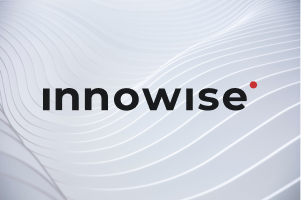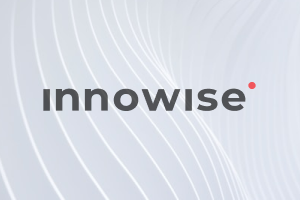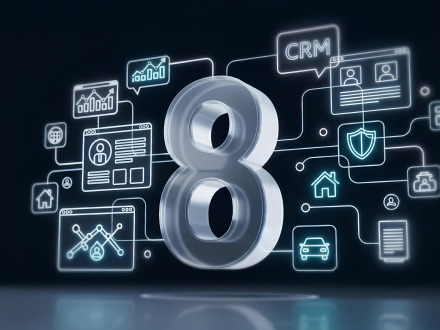Para las empresas que desean tener un control total de su experiencia de comercio electrónico, Adobe Commerce es una potencia absoluta. Al ser una plataforma de código abierto, ofrece una personalización sin igual.
Una de sus mayores ventajas es la escalabilidad. Desde pequeñas empresas a operaciones de nivel empresarial, este CMS puede manejar grandes catálogos de productos, múltiples escaparates y ventas globales con soporte multi-idioma y multi-moneda. La plataforma también incluye herramientas SEO integradas, temas personalizables y sólidas funciones de seguridad.
Sin embargo, la personalización tiene un coste. Adobe Commerce requiere importantes conocimientos de desarrollo, y el alojamiento, el mantenimiento y las personalizaciones pueden acumularse rápidamente.
Adobe Commerce ofrece dos versiones principales: la Community Edition gratuita (de código abierto), ideal para pequeñas empresas, y la versión Premium de Adobe Commerce, en la que el precio de la licencia aumenta con las ventas y el valor medio de los pedidos. Con Adobe Commerce, las tarifas comienzan en $22.000/año para las empresas con ventas anuales inferiores a $1M, y aumentan hasta $125.000/año para aquellas con ventas superiores a $25M.
Pros
- Capaz de manejar grandes cantidades de contenido y un alto tráfico
- Adaptable a modelos de negocio y flujos de trabajo específicos
- Fuerte apoyo comunitario
Contras
- Se requieren conocimientos técnicos para la personalización y la gestión
- Mayor coste de alojamiento y desarrollo
- Actualizaciones y mantenimiento periódicos
Para las empresas con los recursos necesarios para gestionarlo, Adobe Commerce ofrece una solución muy flexible, ampliable y rica en funciones. Pero para quienes no cuentan con un equipo de desarrollo especializado, la curva de aprendizaje y los costes continuos pueden suponer un reto.



























